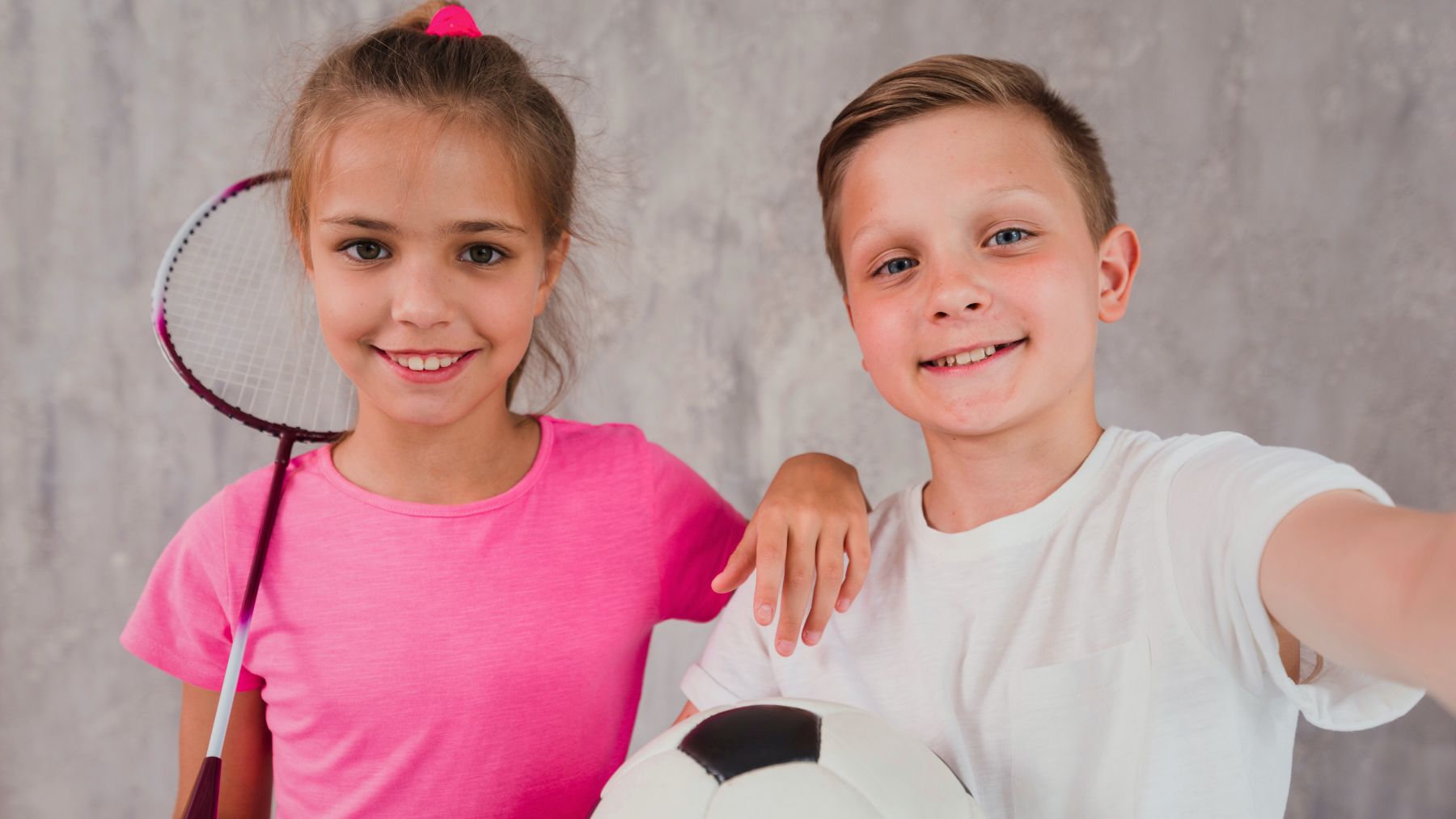Parents frequently choose baseball or football when selecting a sport for young children. However, if the goal is to enhance strategic thinking, basketball is an interesting alternative. This dynamic, fast-paced team game demands rapid decision-making, acute spatial awareness, and seamless teamwork.
For children under 10, basketball offers a practical way to develop cognitive capabilities while remaining active. Here, we’ll explore how the sport promotes problem-solving, adaptability, and collaboration through built-in challenges and coordinated play. In addition, we’ll provide practical tips to help your child begin playing with confidence and enthusiasm.
How basketball builds strategic thinking for children under 10
The constant movement and split-second decisions involved in basketball compel children to anticipate plays and adapt quickly. This active engagement nurtures neural development and executive function. Let’s review the benefits more deeply.
Teamwork teaches shared goals
Basketball requires players to collaborate to score effectively. Young athletes learn to pass, set screens, and communicate on the court, practicing compromise, tactical planning, and situational awareness. For instance, a child may quickly discover that monopolizing the ball leads to turnovers, whereas distributing it among teammates creates better scoring opportunities.
Spatial awareness sharpens problem-solving
A basketball court is a constantly evolving puzzle that demands vigilant observation. Players must monitor their teammates’ movements, track opponents, and follow the ball while managing defensive responsibilities. Over time, they can develop the ability to anticipate gaps and position themselves, enhancing cognitive flexibility and critical thinking.
Quick decisions under pressure
In basketball, there is little time for prolonged deliberation. Dribbling toward the basket while evading pressing defenders requires immediate analysis, whether to shoot, pass, or pivot. Such rapid decision-making sharpens the mental agility needed to tackle everyday challenges, academic problems, and high-pressure situations outside of sports.
Rules structure creativity
Although basketball is governed by clear rules such as shot clocks, fouls, and out-of-bounds limits, these parameters create a framework within which creativity can flourish. Young players experiment with moves like crossovers, no-look passes, and varied dribbling techniques, learning that innovation thrives when it’s channeled through established structures.
How to get your child started in this sport
Although basketball is an accessible sport, a few practical steps can smooth the initial transition for young players.
- Start with mini-games: Begin by using a lowered hoop and a smaller, age-appropriate ball. Engage your child in mini-games such as “HORSE” to practice shot accuracy or set up obstacle courses that encourage dribbling skills.
- Watch games together: Spend time watching professional or college basketball games with your child and highlight strategic moments. This shared viewing experience helps young athletes visualize tactics and relate them to drills practiced during training.
- Emphasize progress over perfection: Encourage your child by celebrating their effort, whether hustling on defense or attempting a challenging pass. Instead of fixating on flawless execution, appreciate gradual improvement and perseverance.
- Find a local clinic or rec league: Explore nearby clinics, recreational leagues, or community centers that offer low-pressure, youth-oriented basketball programs. These environments introduce the rules of the game, emphasize teamwork, and provide structured practice sessions under the guidance of experienced coaches.
- Play as a family: Enhance the learning experience by engaging in friendly games at a driveway hoop or local park. Occasionally, allow your child to “coach” the family by explaining strategies and offering guidance.
Basketball presents a unique blend of physical exercise and mental challenge tailored for growing minds. By emphasizing teamwork, adaptability, and rapid strategic thinking, the game equips children to tackle challenges on the court and in everyday life.
